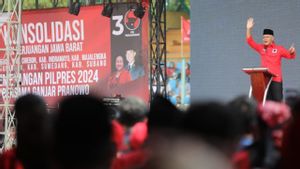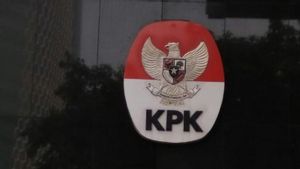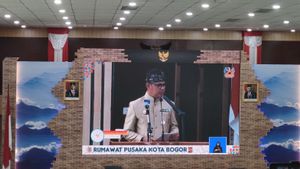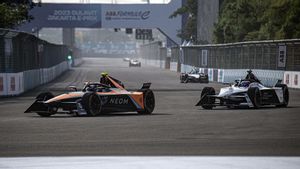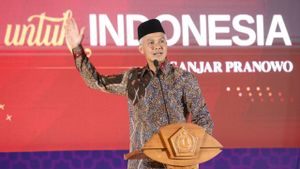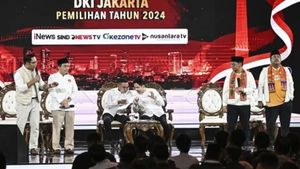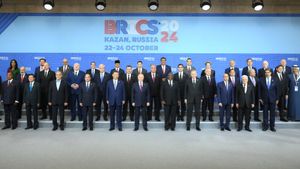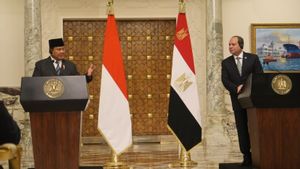JAKARTA - Recently, many artists have become candidates for legislative members of political parties. Not only small political parties, a number of large political parties have also offered a number of names of public figures for the public to choose from.
Political and academic expert at Bengkulu University, Dr. Panji Suminar, said that the phenomenon of political parties recruiting artists as legislative candidates to be promoted shows the inability of political parties in the funding program. "Although it does not deny that there are artists who have the capacity to become politicians, what seems to be many who don't actually have the capacity. And they are recruited more to vote getter or voter," said Panji Suminar, as quoted by Antara, Saturday, June 1. Efforts by political parties to place public figures or artists in their list of legislative candidates, Panji continued, is certainly the same as showing that the cadres owned by political parties do not have the ability to be voters. "I see this as showing the inability of party regeneration to create cadres who can influence or who can gather multiple votes and be recognized by the community for their role. If there are well-known cadres, of course political parties do not need artists to be promoted as legislative candidates," Panji said. In fact, he continued, political parties also do not place a blame for the efforts to gain as much votes as possible by recruiting popular figures in society because political parties are "ghosted" by the 4 percent parliamentary threshold rules that must be achieved in elections.
また読む:
"Each party is haunted by PT 4 percent, that's the problem, so the approach is in the form of quantitative, cannot garner votes meaning losing in elections, wasting time, efforts and resources if they are not sure to pass PT," said Panji Suminar. In accordance with regulations, the amount of parliamentary threshold or parliamentary threshold (PT) is the minimum requirement that must be obtained by political parties to get seats in parliament, which is 4 percent. The parliamentary threshold has begun to be applied in the 2009 elections with the aim of creating a simple multiparty system. However, the parliamentary threshold performance implemented in simplifying parliamentary parliament has decreased. In the 2009 elections, the application of parliamentary thresholds based on Law number 10 of 2008 concerning elections, the threshold for vote acquisition is at least 2.5 percent of the total nationally legal vote. The parliamentary threshold is set at 3.5 percent in the 2014 elections, and applies nationally to all members of the DPR and DPRD as regulated in Law Number 8 of 2012. And in the 2019 elections, the amount of parliamentary threshold was raised to 4 percent.
The English, Chinese, Japanese, Arabic, and French versions are automatically generated by the AI. So there may still be inaccuracies in translating, please always see Indonesian as our main language. (system supported by DigitalSiber.id)



